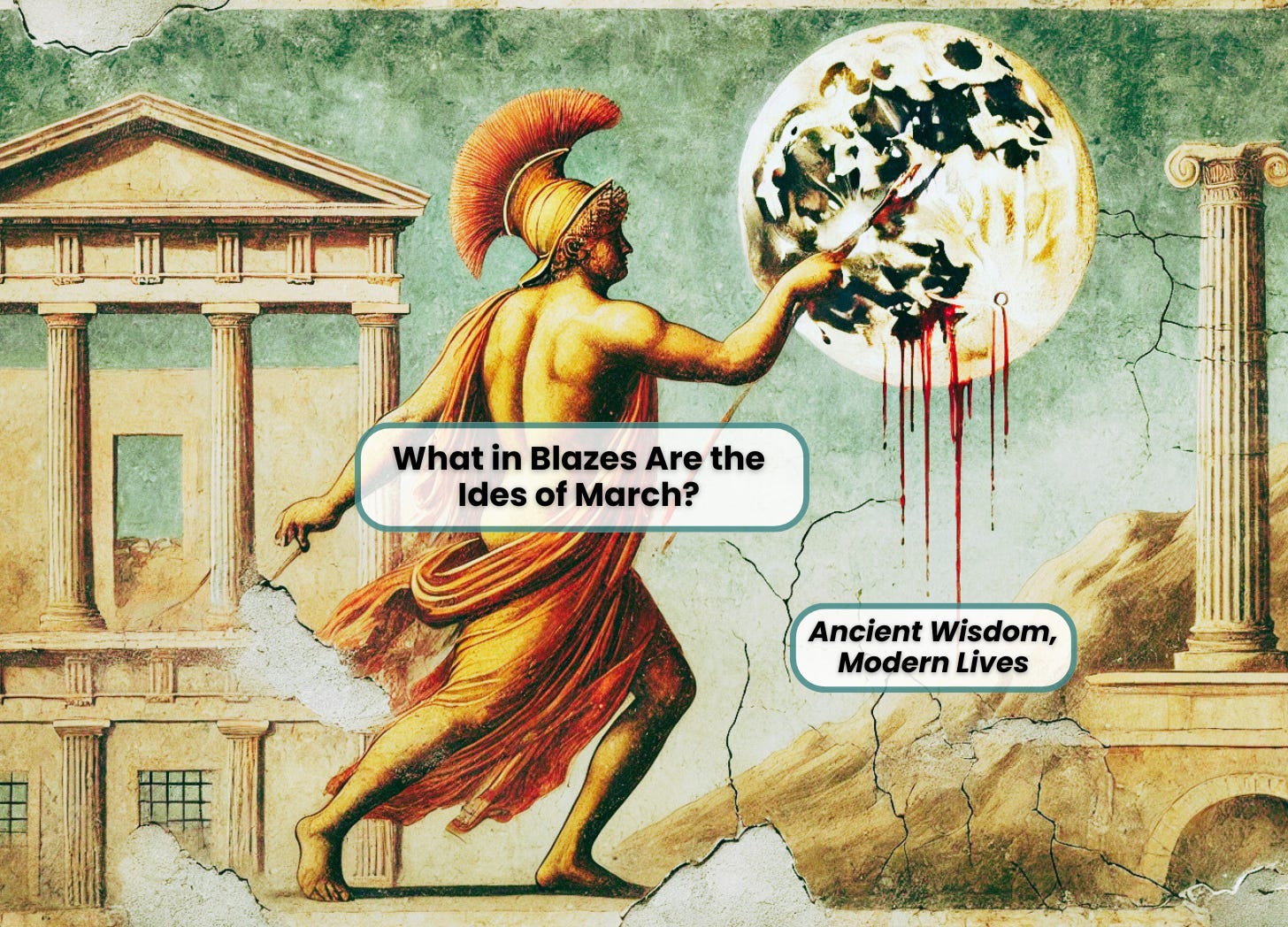How Does Your Bible Translation Measure Up?
I just had an interesting conversation with the AP’s Travis Loller about the new(ish) Bible translation The Voice. (Read her article: “New Bible Translation Has Screenplay Format.”) As we were talking, she asked me whether the new translation is better than the King James Version. I think it’s a fascinating question. The background is that…
Read more





